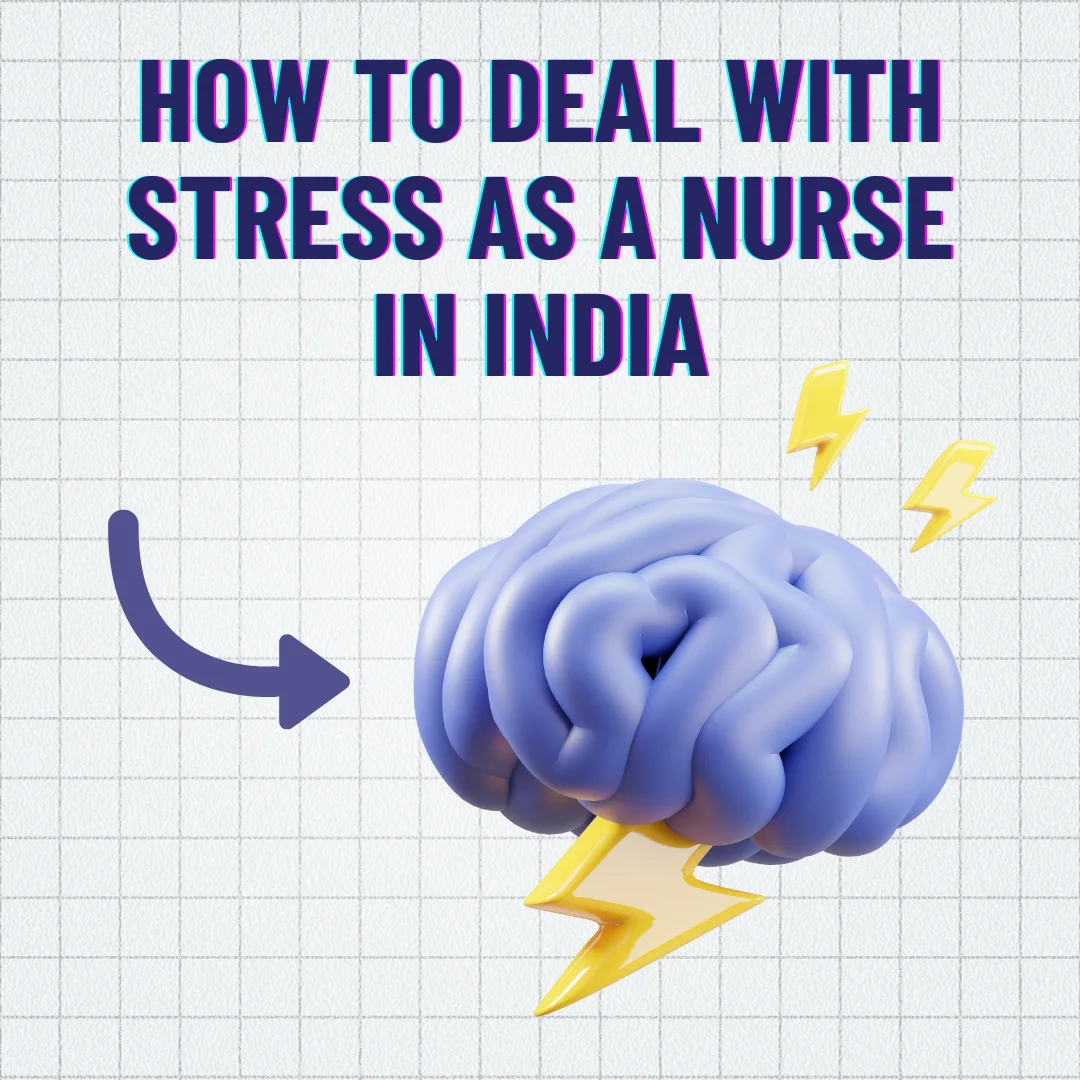Nursing is a profession defined by compassion, precision, and high-stakes decision-making. However, the emotional and physical demands of the job often lead to burnout, with 50% of nurses reporting chronic stress in a 2023 American Nurses Association survey. Music, a timeless and universal tool, has emerged as a powerful ally in promoting nurse wellness. This article explores how music supports mental health, enhances job performance, and fosters resilience in nursing professionals.
Thank you for reading this post, don't forget to subscribe!
1. The Science Behind Music and Wellness
Music profoundly impacts the brain, influencing emotions, stress levels, and cognitive function:
- Reduces cortisol: Listening to calming music for 30 minutes lowers stress hormones by 25%, according to a Journal of Advanced Nursing study.
- Boosts dopamine: Upbeat rhythms trigger dopamine release, improving mood and motivation.
- Enhances focus: Instrumental music improves concentration during tasks like medication administration or documentation.
For example, nurses in ICU settings using ambient music during shifts reported 20% lower anxiety levels compared to those working in silence.


2. How Nurses Use Music in Daily Practice
A. During Patient Care
- Calming patients: Soft background music in pediatric wards reduces child anxiety, easing IV placements.
- Masking noise: White noise or nature sounds in busy ERs minimize distractions.
B. Personal Stress Relief
- Commute decompression: Nurses use playlists to transition between work and home.
- Breakroom rejuvenation: Hospitals like Mayo Clinic install soundproof music lounges for staff.
C. Team Bonding
- Shared playlists in staff rooms foster camaraderie.
- Music-themed wellness challenges (e.g., “karaoke breaks”) boost morale.
3. Benefits of Music for Nurse Wellness
A. Reduces Burnout and Fatigue
- A 2024 Journal of Nursing Management study found nurses who listened to music during breaks had 30% lower burnout rates.
- Slow-tempo music (60–80 BPM) aligns with resting heart rates, promoting relaxation.
B. Improves Emotional Resilience
- Music therapy sessions help nurses process grief after patient loss.
- Genres like classical or jazz are linked to improved emotional regulation.
C. Enhances Clinical Performance
- Surgeons operating with background music make 15% fewer errors—a finding applicable to nursing tasks requiring precision.
4. Implementing Music in Healthcare Settings
A. Institutional Strategies
- Designated music zones: Quiet rooms with noise-canceling headphones for staff.
- On-demand playlists: Hospitals partner with platforms like Spotify to curate stress-relief tracks.
- Music therapy programs: Cedars-Sinai offers guided sessions for nurses to combat compassion fatigue.
B. Personal Strategies
- Tailored playlists: A “focus” playlist for charting, a “calm” playlist for post-shift unwinding.
- Portable speakers: Nurses in labor and delivery use Bluetooth speakers to create soothing environments.
C. Technology Integration
- Apps like Calm or Headspace provide nurse-specific meditation tracks.
- AI-driven platforms suggest music based on heart rate data from wearables.
5. Challenges and Considerations
A. Noise Management
- Music volume must comply with hospital policies to avoid disrupting patient care.
- Solution: Use personal headphones in non-critical areas.
B. Diverse Preferences
- Generational and cultural differences influence music choices.
- Solution: Poll staff to create inclusive playlists.
C. Ethical Boundaries
- Ensure patient consent for shared spaces (e.g., playing music during wound care).
6. Real-World Success Stories
A. Cleveland Clinic’s “Music Medicine” Program
- Nurses access curated playlists via the hospital intranet, leading to a 40% drop in stress-related sick days.
B. Night Shift Rhythm Revival
- A Texas hospital introduced silent disco headphones for night-shift nurses, improving alertness and reducing errors.
7. FAQs on Music in Nurse Wellness
Q: Can music distract nurses during critical tasks?
A: Instrumental or low-lyric music is less distracting. Avoid high-energy genres during complex procedures.
Q: How to handle conflicting musical tastes among staff?
A: Rotate playlists or use ambient sounds (e.g., ocean waves) that are universally soothing.
Q: Are there free resources for nurses?
A: Yes! Platforms like YouTube offer royalty-free background music channels.
8. Future Trends
- Biometric music integration: Smartwatches that auto-play stress-reducing tracks when elevated heart rates are detected.
- Virtual reality (VR) soundscapes: Nurses use VR headsets to “escape” to calming environments during breaks.
Conclusion
Music is more than a backdrop—it’s a lifeline for nurses navigating high-pressure environments. By integrating music into daily routines and institutional wellness programs, healthcare systems can safeguard their most valuable asset: their staff. As research evolves, personalized, tech-driven music interventions will likely become standard in nurse wellness strategies.


